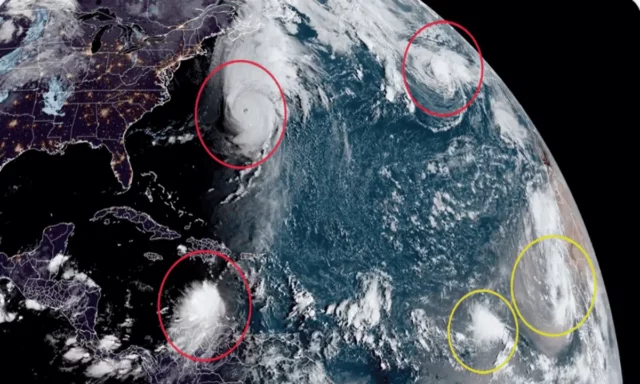This week it was alerted: “The influence of the Intertropical Convergence Zone, latent in the south of Central America, is generating rains and downpours of moderate to strong intensity, in a localized manner, on recurrent sectors in these two previous days”
But do you know what it is?
“This Intertropical Zone is located around the equator, it is where the trade winds from the North collide with the trade winds from the South. “There is a region of low pressure, clouds and storms that surround the tropical region,” explained Daniel Poleo, IMN meteorologist.
This cloudiness occurs particularly close to the national territory during the months of April to November, generating the rainy season in Costa Rica. From December to March, the convergence zone begins to move south and is located mainly over Colombia. “This movement towards the South is what favors the decrease in rainy conditions both in Costa Rica and in Central America,” said Poleo.
Because the intertropical convergence zone varies in location, it directly affects rainfall in tropical countries. Capable of producing dry and rainy seasons instead of cold and hot seasons.

What can it generate?
For its part, the Center for Research in Marine Sciences and Limnology (CIMAR) reports that long-term changes in the ITCZ can lead to severe droughts or floods. “Its position varies southernly due to the seasonal cycle, following the position of the Sun at the zenith (the position of the sun above the vertical of a place (zenith) at noon is called the zenith sun)” While, in the American continent, the position is further north during the month of September and its position is further south in January. But in the ocean longitude

